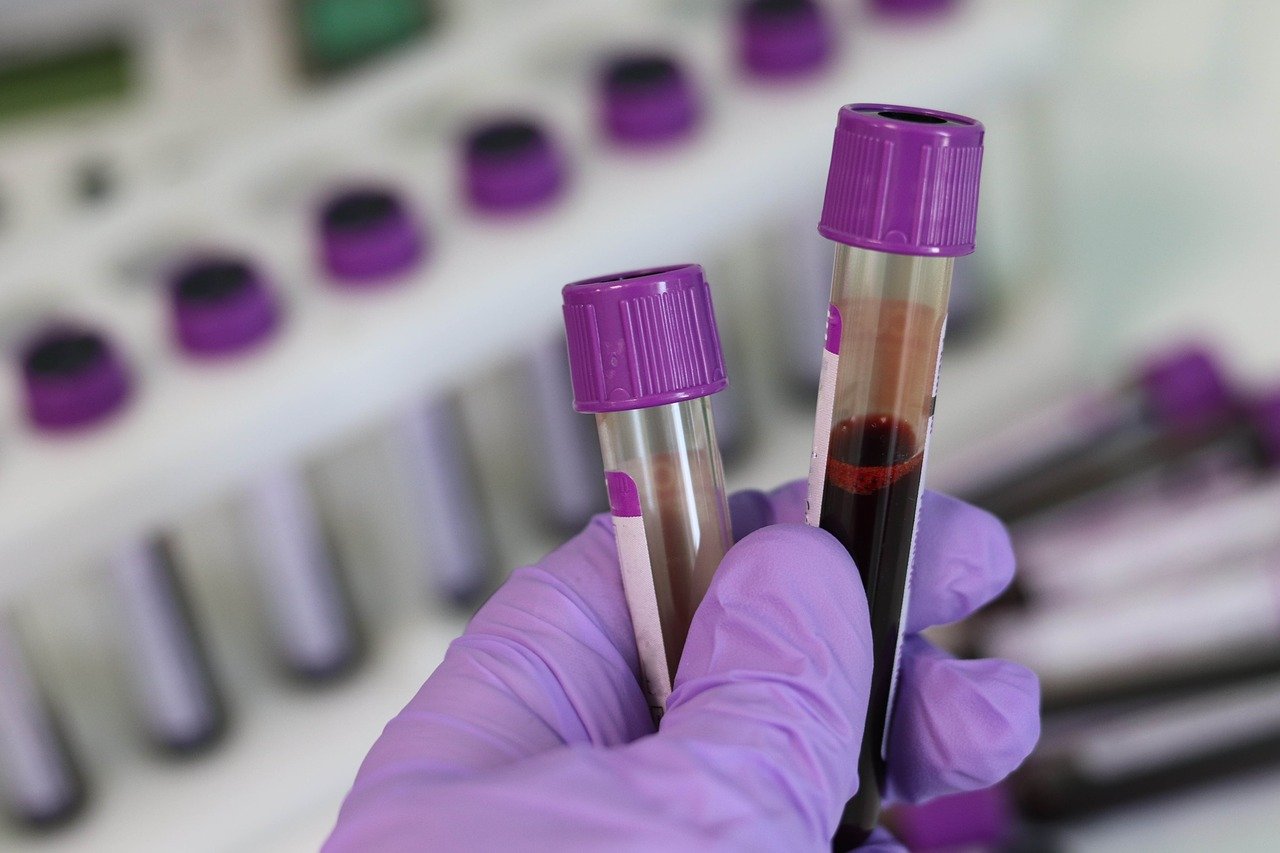When was the last time you saw your doctor for routine blood work? All too often we hear the same story: “I feel fine” or “I had a check up a few years ago” or “I’ll get around to it soon”. Many of us think we are too young to have to worry about testing for things like cholesterol or insulin resistance. However, everyone should have a baseline and should be retesting regularly. It’s important to know what factors such as diet, exercise, stress, etc. move the needle, whether in the right or wrong direction. It’s important to know where you are before you have any symptoms or don’t feel well. It’s important to have all of the facts before you go on any medication. It’s important to be proactive with your health!
In this article we will go beyond the routine blood tests that most people get when they have their regular check-ups, and share other tests to consider as well.
- The C-Reactive Protein (CRP) Test is a good place to start to get an idea of inflammation in the body. This is a fairly standard test. However, the hsCRP test is a better predictor for risk of cardiovascular disease. [2]
- High Sensitivity CRP Test (hsCRP): The standard range is <2 mg/L. Optimal levels should be <1 mg/L (some doctors say shoot for <0.5 mg/L).
- Total cholesterol to HDL-C Ratio: This is a better measure than looking at each individual number. Standard is <5:1, very good is <3.5:1 and optimal is <2:1.
- Triglyceride to HDL-C Ratio (TG:HDL-C): This is not usually calculated, but easy to do yourself once you have your numbers, and what many experts believe is the most important indicator of cardiovascular risk [3] (without going into other non-standard testing). Ideally the ratio should be 1:1 or even lower. If this ratio is low it usually means the LDL particles are fewer and larger. LDL is not necessarily dangerous if the particles are large and “fluffy”. The small particles are the ones we have to be concerned about as these are the ones that get stuck in the artery walls. Next we will dig deeper into LDL cholesterol.
- Dr. Mark Hyman believes LDL-C is a bad predictor of heart disease[4]. Determining the particle size and number is more important. He suggests the NMR test to parse out the particles. It’s important to find out what type of LDL cholesterol you have because you can have a high LDL-C and not be at risk of disease; you can have low LDL-C and be at high risk.
- Dr. Peter Attia has written extensively on heart disease and cholesterol. You can find more than you will ever want to read or listen to on the subject here. His latest podcast is all about Lp(a), which he says is one of the best predictors of cardiovascular risk. Lipoprotein(a) carries cholesterol in the blood and is similar to LDL cholesterol. High Lp(a) is a genetic risk factor and is not something that really can be changed. However, knowing this number is important because if you know you have a genetic risk (which about 20% of the population does), you can make changes to affect other risk factors that can be influenced. Click here to learn more.
- ApoB: This is a protein that helps carry fat and cholesterol through the body and into the cells. When looking at LDL cholesterol, the smaller particles, VLDL and IDL (very low density and intermediate density lipoproteins) are most concerning. Since an ApoB molecule is attached to each of these types of particles, it gives more specific information on cardiovascular risk. According to Matt Dawson, M.D., <90 mg is good, but optimal is around 50 mg. [5]
- Going back to the TG:HDL ratio…If this ratio is low (ideally 1:1), not only are we at lower risk for cardiovascular disease, but we are at less risk for type 2 diabetes.
- Hemoglobin A1C (HbA1C): This is a standard test which measures the percentage of red blood cells saturated with glucose. It’s predictive of your average blood glucose over the previous 2-3 months. While this is a good place to start, there are some limitations and can often have false negative results. Optimal is <5%
- Fasting Glucose: This is also a standard test yet many experts agree, including Dr. Mark Hyman and Dr. Rob Lustig, that if you are looking for type 2 diabetes, this is a poor test because it’s the last thing to change in the progression of the disease. Once fasting glucose is at 100 mg/dL, you already have full blown insulin resistance. Try to keep fasting glucose <90 mg/dL or ideally <80.
- The earliest indication of pre-diabetes is large spikes in glucose after a meal. This can be measured with an oral glucose tolerance test or by using a Continuous Glucose Monitor (CGM). Ideally glucose levels should stay under about 115 mg/dL after a meal.
- The next stage of the progression towards type 2 diabetes is an increase in fasting insulin. This is not a standard test, but many believe it should be in order to catch insulin resistance when you still can do a lot to reverse it. Optimal levels should be around 2-6 uIU/mL.



Leave A Comment